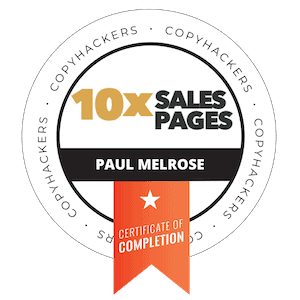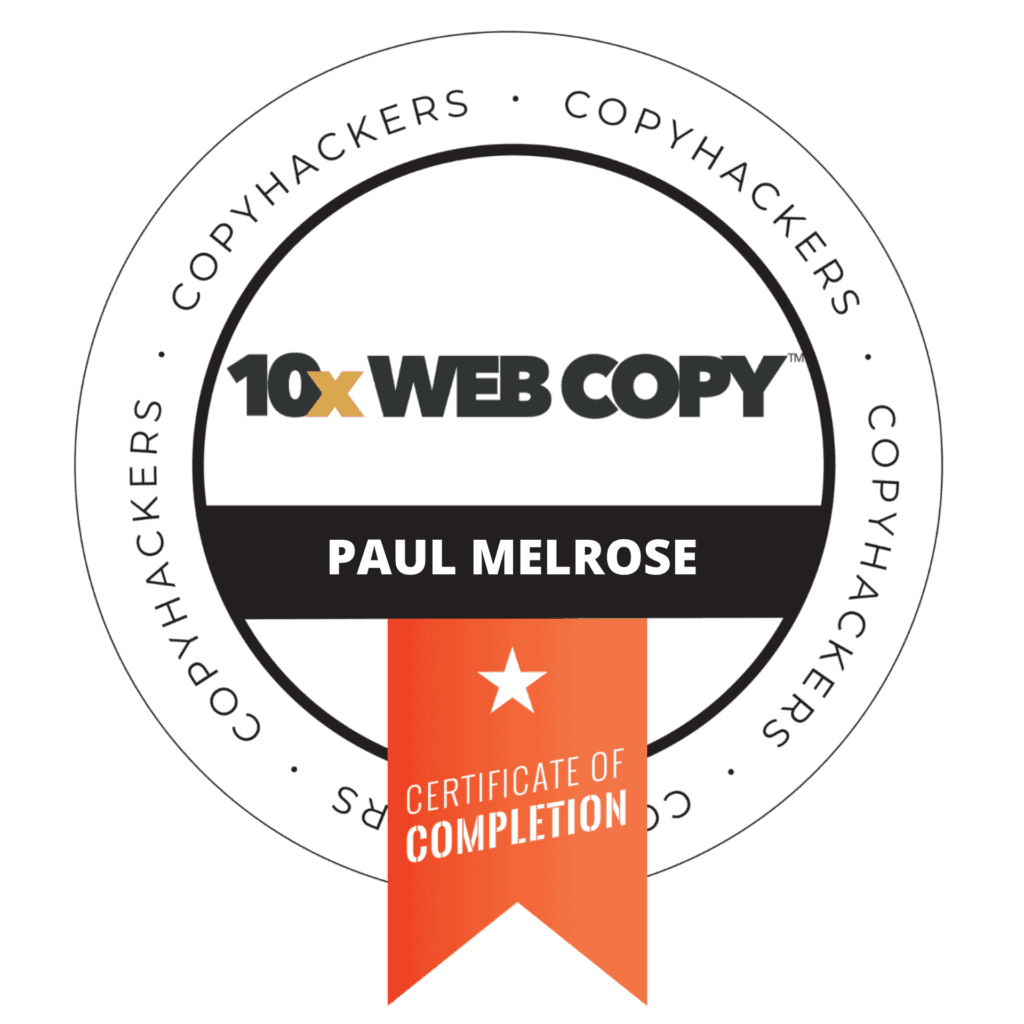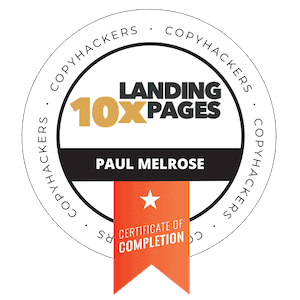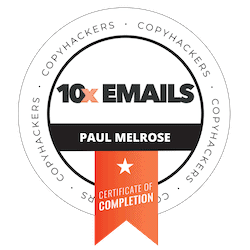Niching is just the start. This is how to make it far more valuable.
[reading time: 5 minutes]
We know we should say NO to certain clients. Red flag leads who set off our Spidey senses.
But there are a lot of other clients we could accommodate whom we might also be better off saying NO to. That’s decided by our niching decisions, and there’s no shortage of excellent arguments that have been made for niching.
But it’s easy to think niching is all about the NO. It’s not. It’s about how you leverage it.
That’s what we’re looking at today.
Niching 101
First, a quick dip into basics so we are on the same page…
You only want to work with clients who are a good fit for you and for whom you are a good fit. You want your work together to be mutually beneficial. Happy client + happy you = more work, great testimonials and referrals.
Setting up those filters is relatively straightforward and your marketing can take care of that.
Make sure you have an Information Pack that helps with your leads self-select. Let people know what you don’t do, your fee ranges, your timelines and anything else that might be a deal-breaker for them.
You don’t want to waste their or your time on dead-end calls.
That’s the basics but how do we maximize the benefit of that decision?
That begins by finding our Goldilocks market size.
What’s your minimum viable market size?
How many potential clients do you need in your market?
If you are for everyone, then you don’t need to know. There are enough everyones.
But if you decide to say NO to everyone except, say, futures traders, then you need to know if there are enough of them to sustain your business. LinkedIn Sales Navigator lists 90k+ futures traders.
Is that enough? Too many?
As a rule of thumb, I use a range I got from David C. Baker, a business-growth consultant.
He suggests between 2,000 and 10,000 people or companies in your market pool if you are a consultant. I’d be comfortable using those numbers for coaches whose work is B2B. But for B2C, I’d look for a 5-10x depending on the economic profile of those clients.
And these numbers scale with the lifetime value per client, so, keep that in mind.
How does that change how we look at our 90,000 futures traders?
For a start, I can niche down. If I target only North America and only people with at least 10 years experience, I’m down to 28k. If I narrow that to people in senior positions, I hit 13k. That might be the sweet spot.
But why not just go after the 90k?
Because it’s much easier to position myself as being for experienced futures traders holding senior positions in North America than if I were just for futures traders.
Especially if my competition is broadly targeting futures traders.
Takeaway 1: Find your Goldilocks market size to further leverage your position
The Insiders Language
Before I positioned my business to serve coaches and consultants, I was a generalist. But the work I got was often tied to the knowledge I had outside copywriting.
Once, I got on a call with the president of a precious metals firm. He wanted to know if I knew anything about his world.
“It’s been a while, but yeah, I know a little. I did some work for a technical trader a few years back. I used to evaluate his software signals. Mostly currency puts but he’d look for arbitrage opportunities in metals when there was volatility.”
We worked together for about a year.
Every profession has its own language and it helps them tell outsiders from insiders.
You need to speak the language because it tells your clients that you’re committed.
You can deepen that connection by taking time to understand the conversations within that niche. Who is leading those conversations? What trade publications matter? What are people struggling with?
Takeaway 2: By using the language and references particular to a niche, it’s a clear signal to outsiders that you are not for them. It’s a subtle NO but effective. You want to be so obviously for your target market that no one else will have you.
Intellectual property
Saying NO means you can commit to deep work on behalf of your market by creating Intellectual Property (IP) assets…
“Two ways 2023 changed the way Futures Traders can attract and sign new accounts.”
And having quality IP assets for clients can be a deal maker.
Before I had my copywriting business, I was in the IP creation game for over a decade, and I saw how it could leapfrog smaller businesses to the top of tender lists and land very large contracts.
Intellectual Property assets can take many forms…
- courses
- reports
- guides
- tools (spreadsheets, checklists, etc.)
- a podcast
- a newsletter
The key is to tie them to a specific problem and deliver a solution. Example…
“2024 Guide for Futures Traders using LinkedIn Sales Navigator as a Prospecting Tool.”
Takeaway 3: Once you know who your Goldilocks audience is, create highly-tailored IP assets to establish unique relevance.
Everything is a Signal
Everything you do is a signal. Even when you do nothing.
It tells potential clients the level of your investment in their world and how seriously you take your own business.
I had a client ask for advice on their cold outreach campaign. They were new to business and were using their Gmail address to cold email. My advice was, this is a bad signal to send potential clients. And signals matter.
On the other hand, if you are putting out a regular podcast that talks about my business needs and problems, I’m immediately impressed and I’ll take you very seriously.
That level of professionalism earns respect. (Just make sure you always have Calls to Action (CTAs) at the end of each episode that tell interested leads what to do next.)
Takeaway 4: Set up as many positive signals as you can to reinforce your chosen position.
Summary
Niching is about more than saying NO.
It’s taking on its identity and speaking its language. You will become part of that community and you will be seen as one of their own. And that’s who gets hired.
That’s it for this article. If you found it useful, subscribe below for a new article delivered fresh every Saturday morning…
All the best, Paul

























